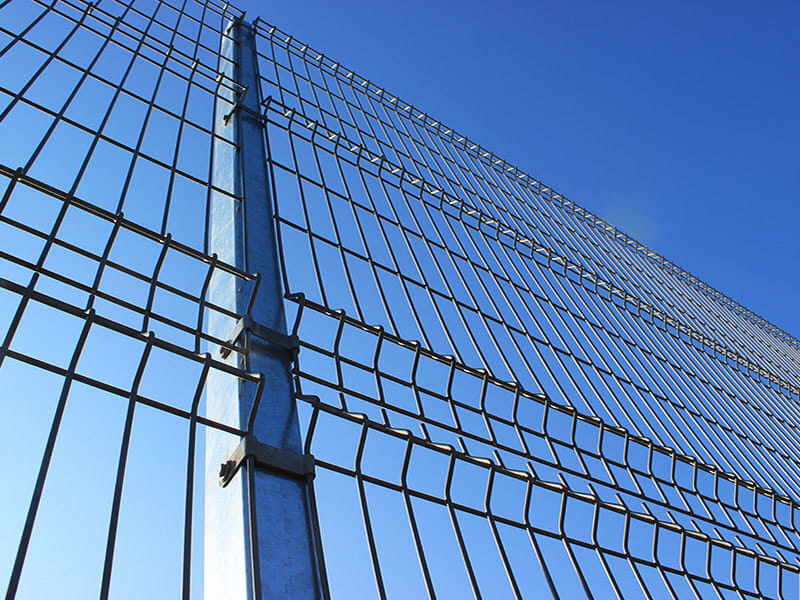Our other sites:
Slurry lagoons are one of the most dangerous areas of farms, and unfortunately many deaths of humans and animals have occurred from accidents around slurry pits, either by drowning or asphyxiation from poisonous gasses. As a result, it is important for farmers to properly manage and secure slurry pits to minimise the risk of accidents as well as reduce pollution and protect the environment. This includes storing slurry in properly designed and constructed storage facilities, applying slurry at appropriate times and in appropriate amounts, and using best management practices to prevent runoff and leaching.
Security fencing for slurry pits
The HSE recommends that slurry lagoons should be surrounded by perimeter walls or fencing. The fencing should be designed to deter access with an anti-climb structure and be correctly installed and maintained. Slurry pit fencing should have a minimum height of 1.3m with two strands of barbed wire at the top; without barbed wire the fence should be a minimum of 2m high. For scraping ramps, ensure there is a secure, robust access gate across this point or alternatively provide swinging flaps attached to the tractor stop rail.
What is farm slurry?
Farm slurry is a liquid by-product of animal farming that is made up of a mixture of manure, urine, and water. It is typically produced by cows and stored in a slurry pit or tank on the farm either underground or in open pits/lagoons. Slurry is often used as an organic fertiliser for crops and pastures, as it contains high levels of nutrients that are beneficial for plant growth. It is typically applied to fields using specialised equipment, such as slurry spreaders or injectors.
Get a product quote
Are you working on a project that requires fencing for a slurry pit or lagoon, or for other areas of a farm? Contact us for a free, no obligation quote.
Product QuoteTop






